
The process of Navicat registration and activation is the process of Navicat installation. The activation process is also relatively simple. You only need to enter the Navicat registration code to activate it. After the installation is complete, run Navicat, click "Help", select "Register", and enter the Navicat registration code in the dialog box that opens to activate. The specific steps are as follows:
Step 1. Open the Navicat application .exe file.
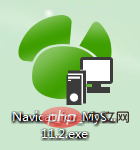
Step 2. Click "Next" on the welcome screen.
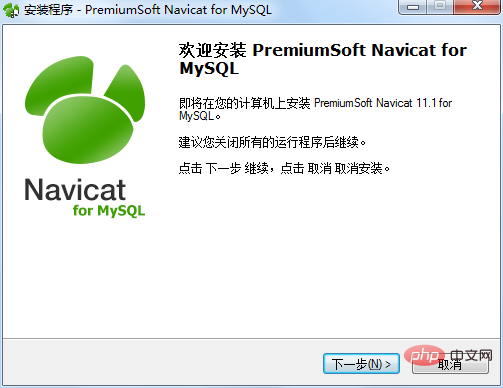
Related recommendations: "Navicat for mysql graphic tutorial"
Step 3. Read permission protocol. Accept and click "Next".
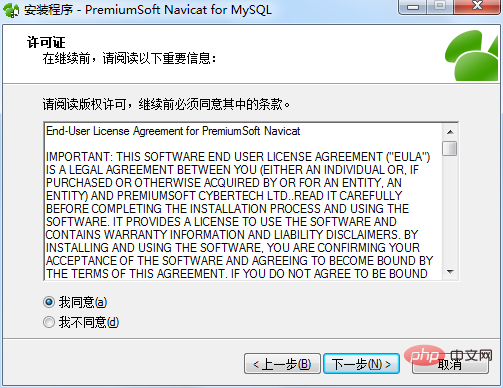
Step 4. Select the installation location.
Click "Browse" to customize the installation path, and click "Next". Considering the running speed, try not to install it on the C drive.
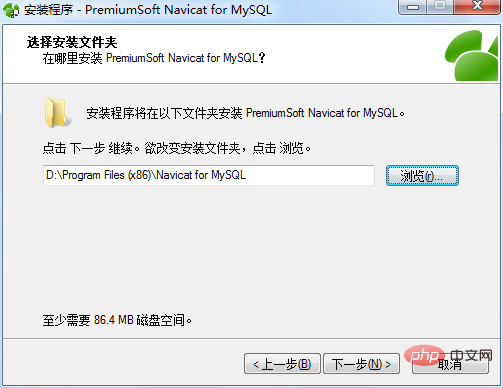
#Step 5. Run the remaining steps.
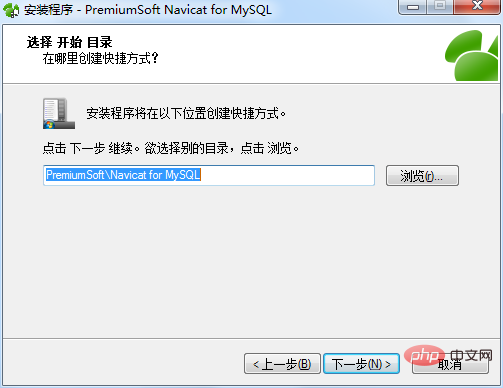
Step 6. Click the "Finish" button to exit the installation program.
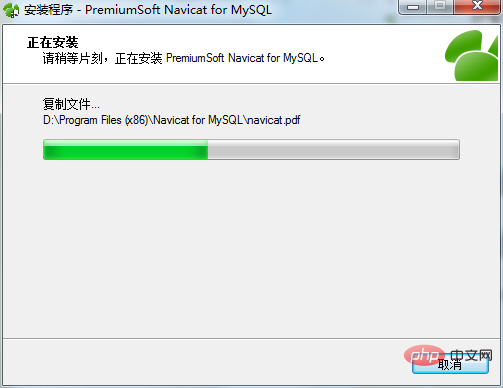
#Step 7. Enter the Navicat registration code to activate.
After the installation is completed, enter the Navicat registration code (16 digits) in the pop-up registration screen and click the "Activate" button to activate the registration code online.
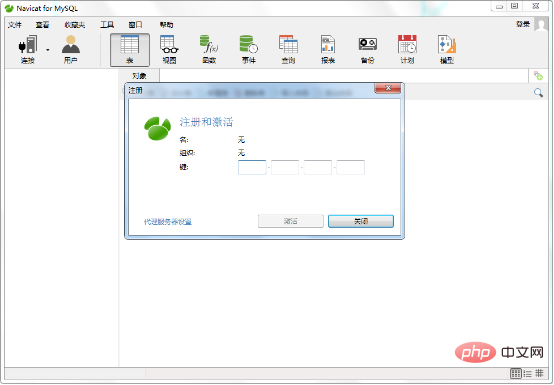
Navicat for MySQL registration code:
NUYJ-W56S-3YUU-MVHV
FGTY-4RTY-POQR-BNSS
BJNK-DERT-3ZAQ-JTYY
56HY-CFG6-ASDF-VBZX
CVFR-7UJK-FF6U-BHJK
GLP0-MKLO-CVGY-HYUK
Note: The Navicat registration code is one code for each machine, and distinguishes versions and databases. The above Navicat registration code is the Navicat for MySQL 11 registration code, which is currently disabled. If you need to activate Navicat, the new acquisition method is: http ://www.formysql.com/goumai.html
The above is the detailed content of How to use navicat. For more information, please follow other related articles on the PHP Chinese website!